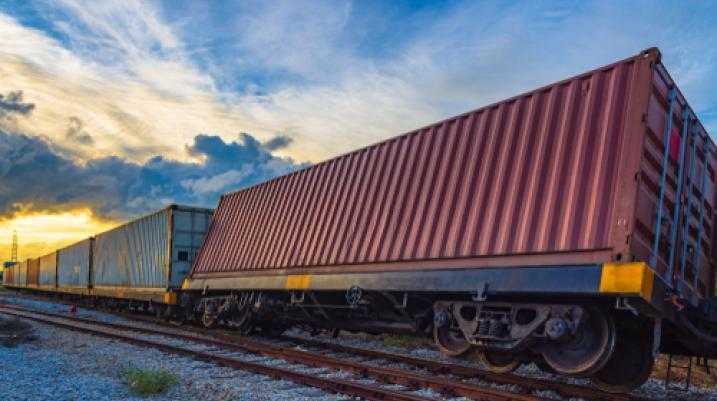Kentucky Train Derailment, Chemical Spill, and Fire: What to Know

On November 22, Thanksgiving holiday plans were marred in Livingston, Kentucky, as residents fled from their homes and for their lives after a nearby train derailment sparked a deadly chemical fire.
The CSX train derailed around 2:30 p.m. near Livingston, a small, remote town of only about 200 residents. Two of the 16 cars that derailed were carrying molten sulfur, which caught fire after the cars were breached. Residents were soon after encouraged to evacuate for their safety.
CSX said the cause of the derailment and what caused the sulfur to ignite are still under investigation, while officials said they are also monitoring water quality in the area.
According to the American Lung Association, exposure to sulfur dioxide can cause serious respiratory issues, such as shortness of breath, and long-term exposure can be especially hazardous to children, the elderly, and those with asthma.
Approximately 1,700 train derailments occur in the U.S. each year, and many times these accidents include the spilling of hazardous materials.
Injured? Getting the compensation you deserve starts here.

Injured?
Not sure what to do next?
We'll guide you through everything you need to know.